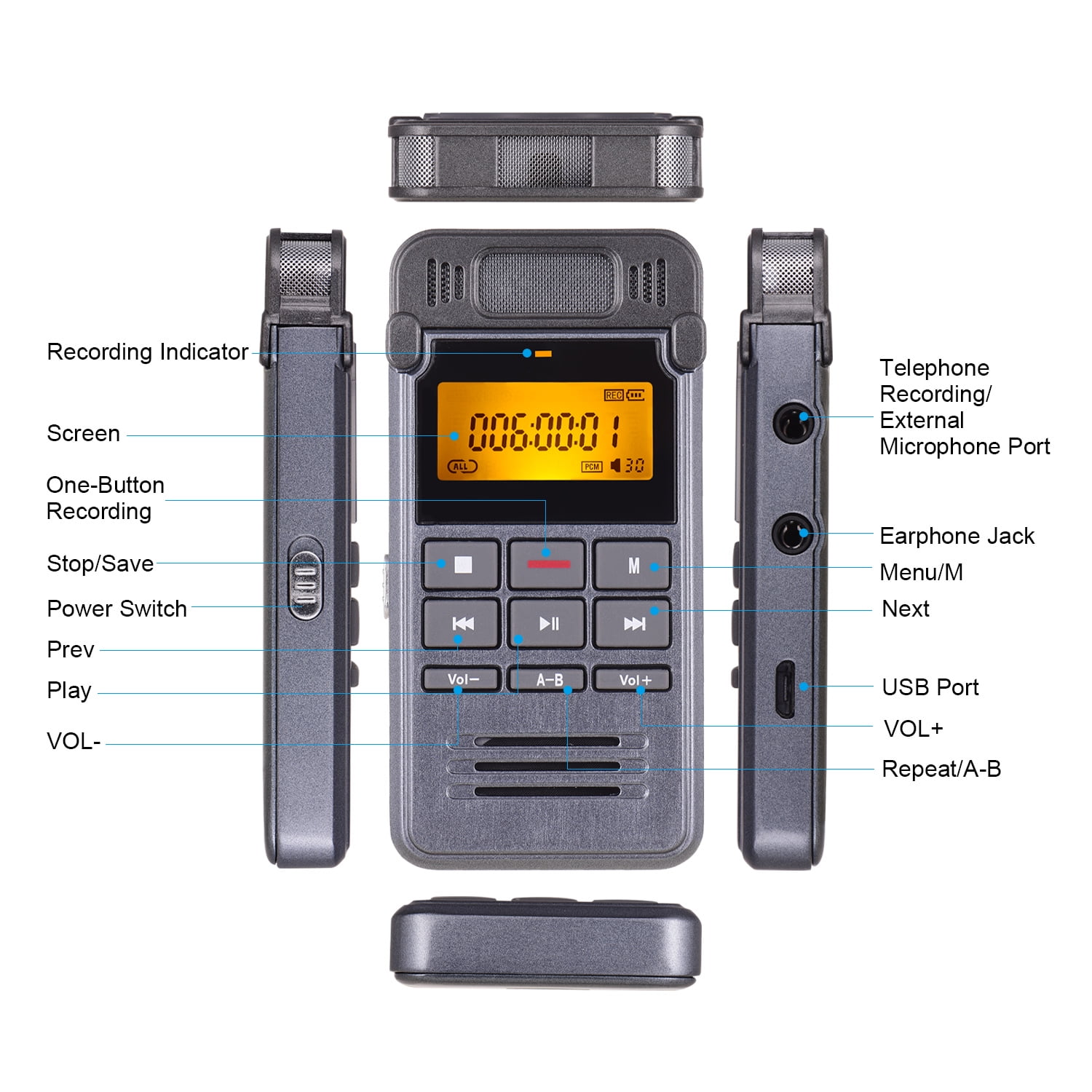

If you are in any situation where you wish to record audio direct-to-camera there can be no room for error with your audio pickup. However, it’s still an excellent choice if you run into any surprises and wish to remove unwanted background noise. It’s best to ensure you have a good audio source before adding any noise removal inside your video editor or audio program. Is it picking up unwanted sounds, and is there anything you can do to improve? Noise removal To see how your room sounds, simply record it during the hours when you plan to shoot and listen back. If electric appliances or your AC unit are making noise, try turning them off during the video or pick another spot where your mic can’t pick them up. Try filming your videos during the early hours of the day, weekends, and even late at night. You can always pick a quiet time of the day for your recordings, especially if the room you are recording in is facing a busy street. It has two built-in condenser microphones you can use, making it an all-in-one solution especially for foley recordings, it also has 2 inputs for an XLR mic (you can even record instruments).
MOVAVI SPEECH RECORDER PORTABLE
If you prefer to add a shotgun mic straight onto your DSLR camera and not have to worry about wires and wireless transmitters, the Rode VideoMicPro is a great choice.Įnjoy our special discount for all blog readers!ĭownload Movavi Video Editor Plus with 10% discount for Windowsĭownload Movavi Video Editor Plus with 10% discount for Macįor recording sound in any environment with great quality, you can also use a portable sound recorder like the Zoom H4n. You can even use these in combination with a lavalier to capture the sound of the room and your speaker at the same time. Again these are great for any voiceover or vocal performance.Īnother type is shotgun mics, they can be hyper-sensitive and used when you want to capture a more distant sound source, for example, a speaker on stage. These are the mics singers use and can range from less than a hundred to thousands of dollars. Instead of a USB mic, you can go for an XLR cardioid large-diaphragm mic and plug it into your soundcard. This microphone is also a YouTubers’ favorite. Consider this mic for sit-down videos, screencasts, podcasts, and voiceovers in a studio environment. If you are talking in your videos and are on the move, just clip it on and you’re ready to go.Īnother choice you can plug directly into your computer or soundcard is a USB mic like the popular Blue Yeti. A lavalier or lapel mic is an affordable solution you can plug directly into your camera. There are different types of microphones to consider depending on the types of videos you will be making and your setup. There are microphones to fit every budget and the audio quality you will be getting is well worth the investment. If you want great audio, try not to use your camera’s built-in microphone. Jump to 4.26 to hear the improvement in sound quality – truly impressive.ĭepending on the type of video you are recording, there is usually the right type of microphone to suit your needs.

If you don’t want to invest in acoustic treatment just yet, see how Roman managed to reduce room echo in his home studio using various soft materials he already had. These usually come in various forms and densities. You can improve the acoustics of a room by mounting absorbent foam panels on your walls. But if you’re shooting an explainer video, you will want to avoid them. See in the video below, how room acoustics create a natural reverb which makes for a truly emotive performance. Sometimes heavy reflections may serve a purpose.
MOVAVI SPEECH RECORDER WINDOWS
Are there more reflective surfaces in the room like windows and hard floors, or soft absorbent ones like carpets and sofas? Try to identify where the prominent reflections are coming from. Clap a few times and listen to the amount of echo bouncing around, as this will be even more pronounced in your video. The room you will be recording in is the number one thing you need to investigate. The good news is, you can counteract any potential issues with the right tools.
.jpg)
With the plethora of competitive resources online, you can be certain that tolerance for bad quality is pretty low.Īfter putting all the hard work into your video, the last thing you need is to find yourself in a situation where you wished you had recorded your audio differently. Audio issues can be more frustrating than you think for those watching. Whether you are filming a tutorial, a screencast, a vlog, or a performance, if the sound is good, you can keep your viewers with you for longer. Audio quality can make or break an otherwise well-shot video.


 0 kommentar(er)
0 kommentar(er)
